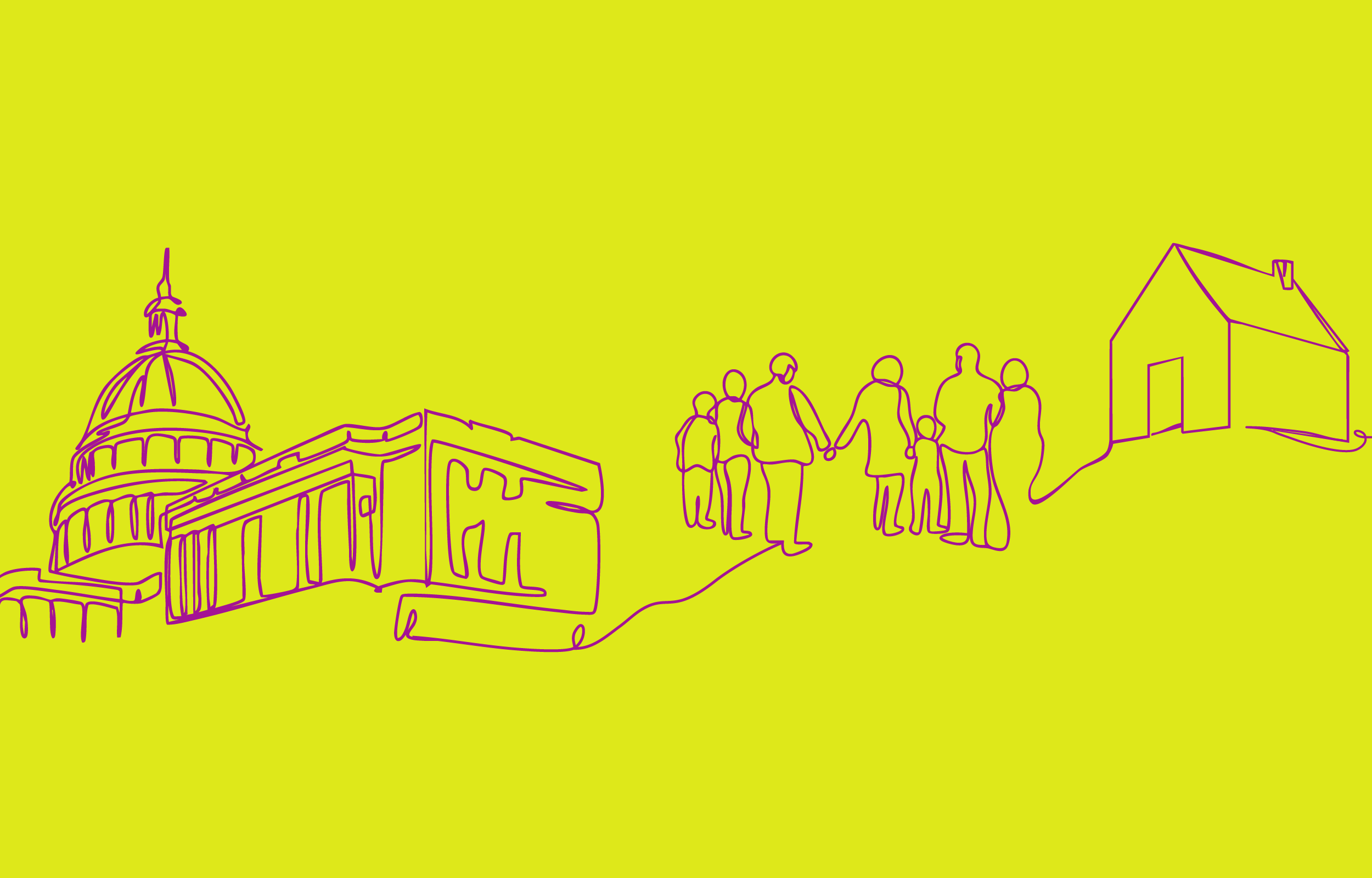Family First in Financial Focus: Financing for Family-Centered Substance Use Disorder (SUD) Treatment
Family First represents a bipartisan policy consensus around supporting families impacted by parental substance use to promote healing, recovery, and family integrity where safely possible.
Family-Centered SUD Treatment in Context
Parental substance use remains a primary driver of child welfare system involvement.
In FY2023, caregiver drug use was cited as a factor in approximately one-third of all foster care entries, a likely undercount.
Research suggests that in some states, as many as two-thirds of removals involve substance use as a contributing factor.
What Family-Centered SUD Treatment Does
Strong evidence supports family-centered treatment, models that serve the entire family together. This allows children to remain safely with parents during the recovery process. These approaches are associated with improved outcomes for both parents and children, including higher rates of family preservation and reunification.
How Family First Supports Family-Centered SUD Treatment
Recognizing this alignment of need and evidence, Family First created two key new pathways for using Title IV-E funds to support SUD treatment:
Residential Treatment: Reimbursement for Children’s Room and Board
What it does: Allows states to claim Title IV-E foster care maintenance payments for a child placed with their parent in a licensed residential SUD treatment facility.
Purpose: Enables children to remain with their parent during treatment, reducing trauma, supporting family stability, and enhancing treatment engagement.
Funding details: Reimbursement is available for up to 12 months.
Eligibility: No income test; licensing is required but flexible.
Program requirements: Treatment must integrate parenting skills training, parent education, and child development supports.
Title IV-E Prevention Services for Family-Centered SUD Treatment
What it does: Permits states to draw Title IV-E reimbursement for evidence-based outpatient or residential SUD treatment services provided as part of Family First prevention services.
Eligible populations:
Candidates for foster care (children at imminent risk of removal)
Pregnant and parenting youth already in foster care
Parents or kin caregivers of these youth
This pathway allows for earlier intervention—aiming to prevent the need for foster care altogether by addressing SUD risks in the family context.
Regional Partnership Grants: A Complementary Support
In addition to the new Title IV-E financing options, Family First extended the Regional Partnership Grants (RPG) program under Title IV-B:
Purpose: Supports collaborative partnerships between child welfare agencies, SUD treatment providers, courts, and community partners.
Funding: Competitive grants (3-5 years), authorized under Title IV-B.
Role: Builds infrastructure and cross-system alignment to improve outcomes for families affected by SUD.
Current Status and Participation
Utilization of the residential treatment foster care maintenance option remains very limited:
In FY2023, only three states and one tribe claimed funds under this provision:
Utah: $288,412
Missouri: $1,597 (possible coding error noted)
Washington: $33,408
Eastern Band of Cherokee Indians: $74,400
Total national claims: $397,817—representing just 0.004% of total foster care maintenance claims.
Average children served per month: 11—across the entire country.
Key Complications:
For states to draw down funding, the child must be formally in foster care.
Treatment providers are used to billing health financing systems, not Title IV-E.
Implementation to Date: Prevention Services for SUD
As of October 2025, 21 SUD treatment programs have been approved by the Title IV-E Prevention Services Clearinghouse.
However, alignment between the Clearinghouse-approved programs and the broader SUD evidence base remains a challenge:
Many proven family-centered SUD treatment programs have not yet been approved.
Programs often receive lower ratings from the Clearinghouse compared to other established sources because its scoring system places greater emphasis on outcomes and study quality rather than treatment efficacy (e.g. California Evidence-Based Clearinghouse for Child Welfare, SAMHSA’s Evidence-Based Practices Resource Center).
Barriers to Broader Rollout
The data suggest policy barriers to effective implementation. Understanding them can support the identification of potential reforms that merit further deliberation.
Limited service alignment: The existing Clearinghouse-approved array does not fully reflect the SUD treatment field’s best practices—including but not limited to family-centered practice and enlisting Multidisciplinary Assessment Team (MATs)—especially for family-centered treatment approaches.
Administrative burden: Navigating Title IV-E claiming processes adds additional hurdles for already resource-constrained treatment providers and state agencies.





